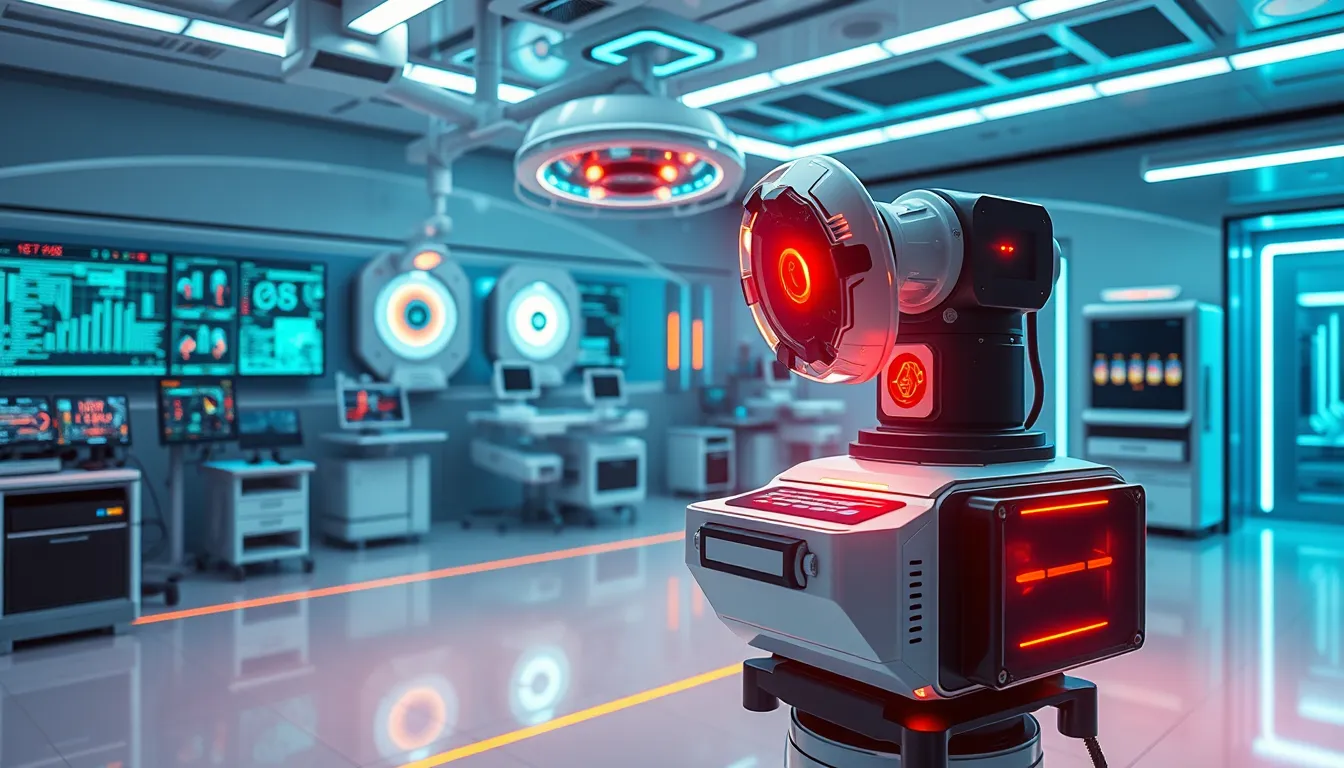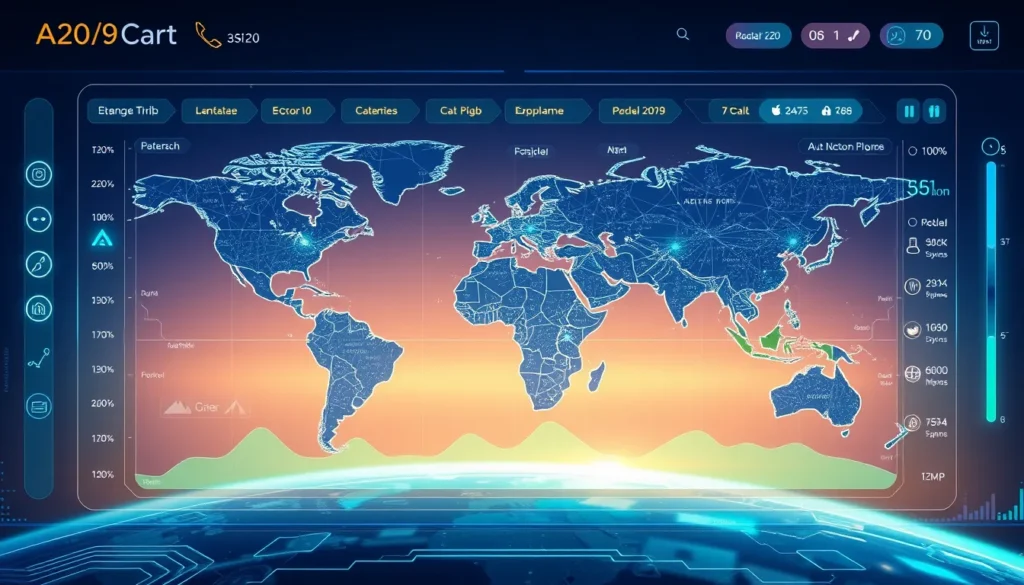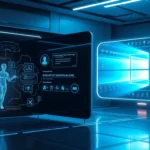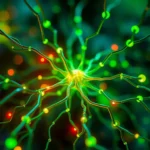Now Reading: Powerful AI in Healthcare Diagnostics: Boosting Patient Care
-
01
Powerful AI in Healthcare Diagnostics: Boosting Patient Care
Powerful AI in Healthcare Diagnostics: Boosting Patient Care

Powerful AI in Healthcare Diagnostics: Boosting Patient Care
Artificial Intelligence (AI) is revolutionizing the way healthcare is delivered. In today’s fast-paced medical environment, AI in healthcare diagnostics is emerging as a groundbreaking technology that improves diagnostic accuracy and patient outcomes. This article explores how AI is reshaping medical imaging and disease prediction, and discusses the benefits and challenges of its integration into modern healthcare.
Understanding the Role of AI in Healthcare Diagnostics
The integration of AI into diagnostic processes is transforming traditional healthcare methods. AI in healthcare diagnostics harnesses advanced algorithms to analyze vast amounts of medical data, offering more precise detection of diseases and medical conditions. By augmenting human expertise, AI tools improve the speed and efficacy of diagnostic procedures. Areas such as AI medical imaging and AI disease prediction are particularly promising, as they aid in the early detection of critical illnesses.
Key benefits of employing AI in healthcare diagnostics include:
- Enhanced detection accuracy
- Reduction in human error
- Faster analysis of imaging and test results
- Improved patient outcomes through early intervention
These benefits are reshaping the landscape of patient care and laying the foundation for new medical protocols.
How AI Improves Diagnostic Accuracy
A core advantage of AI is its ability to improve diagnostic accuracy. Traditional diagnostic methods can miss subtle patterns in medical images. However, AI in healthcare diagnostics, using deep learning and neural networks, identifies anomalies that might easily be overlooked by the human eye. For instance, in analyzing X-rays or MRI scans, AI software can quickly differentiate between benign and malignant growths by comparing image features with extensive databases.
Real-World Applications and Success Stories
Hospitals worldwide are beginning to incorporate AI-driven systems, resulting in significant advances. Consider the following real-world applications:
- Medical Imaging: AI systems streamline the analysis of CT scans, ensuring that early stage abnormalities are diagnosed swiftly.
- Disease Prediction: By analyzing patient histories and genetic patterns, AI predicts potential health risks, enabling proactive care.
- Workflow Efficiency: Medical professionals can allocate more time toward patient care as AI handles routine diagnostic tasks.
For more detailed guidelines, refer to resources like the World Health Organization’s insights on medical innovations.
Overcoming the Challenges of AI Integration
Despite significant advancements, integrating AI in healthcare diagnostics comes with challenges. Data privacy, algorithmic bias, and the need for continuous software updates are among the pressing issues. Moreover, regulatory challenges and the high cost of advanced diagnostic equipment can delay widespread adoption. Addressing these challenges is crucial for harnessing the full potential of AI. Healthcare providers are working diligently to develop ethical guidelines and robust governance models.
Key Challenges Include:
- Data Security and Patient Privacy: Ensuring compliance with legal standards like HIPAA.
- Algorithm Bias: Addressing potential discrepancies in diagnostic outcomes across different minority groups.
- Integration Costs: Overcoming financial barriers to implement cutting-edge AI technologies effectively.
The Future of AI in Healthcare Diagnostics
The future of AI in healthcare diagnostics is promising, with continuous innovations paving the way for improved patient care. As machine learning algorithms evolve, so do the capabilities of diagnostic systems. Partnerships among tech giants such as Microsoft and renowned healthcare institutions drive research and development in this sector. Furthermore, collaborations with research organizations help in refining AI tools to meet stringent accuracy standards.
Healthcare systems worldwide are realizing that AI not only assists in accurate diagnostics but also plays a significant role in personalized medicine. This individualized approach means treatment plans can be tailored to each patient’s unique genetic makeup and lifestyle, thereby enhancing overall efficacy and safety.
Integrating AI into Everyday Healthcare Practices
Integrating AI in healthcare diagnostics requires a strategic approach. It is essential to invest in advanced training for medical staff, ensure robust cybersecurity measures, and maintain a continuous feedback loop with AI system developers. Adoption of these practices can help maximize the benefits of AI tools and improve healthcare delivery.
Conclusion
The advent of AI in healthcare diagnostics marks a new era in medicine. With its ability to analyze complex data and support clinical decisions, AI is a vital tool in modern diagnostics. By continually improving AI algorithms and addressing integration challenges, the healthcare industry can provide safer, more effective patient care. Embracing this technology today will pave the way for a healthier, more efficient future in medical diagnostics.
For further reading on AI innovations and healthcare technology trends, consider exploring reputable sources such as OpenAI and other industry-leading research journals.

























